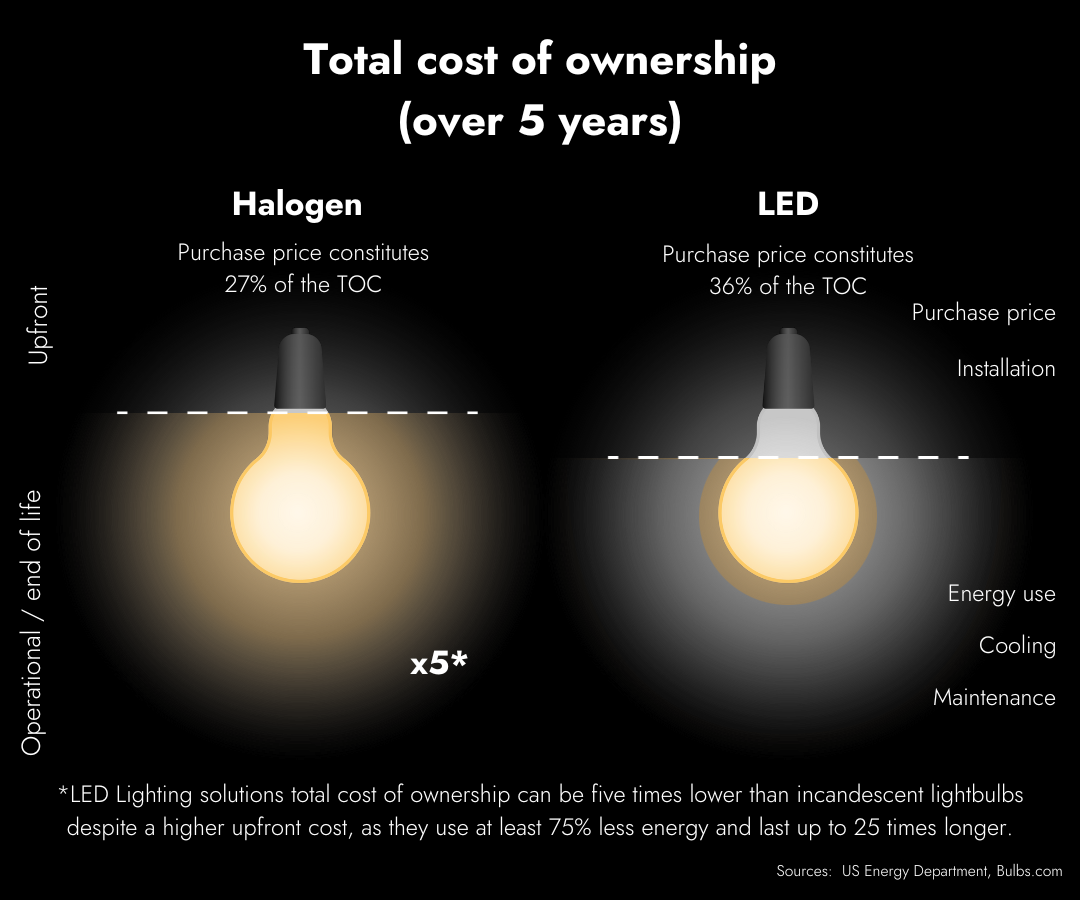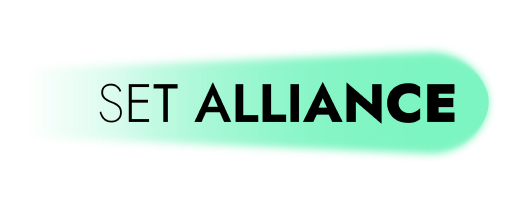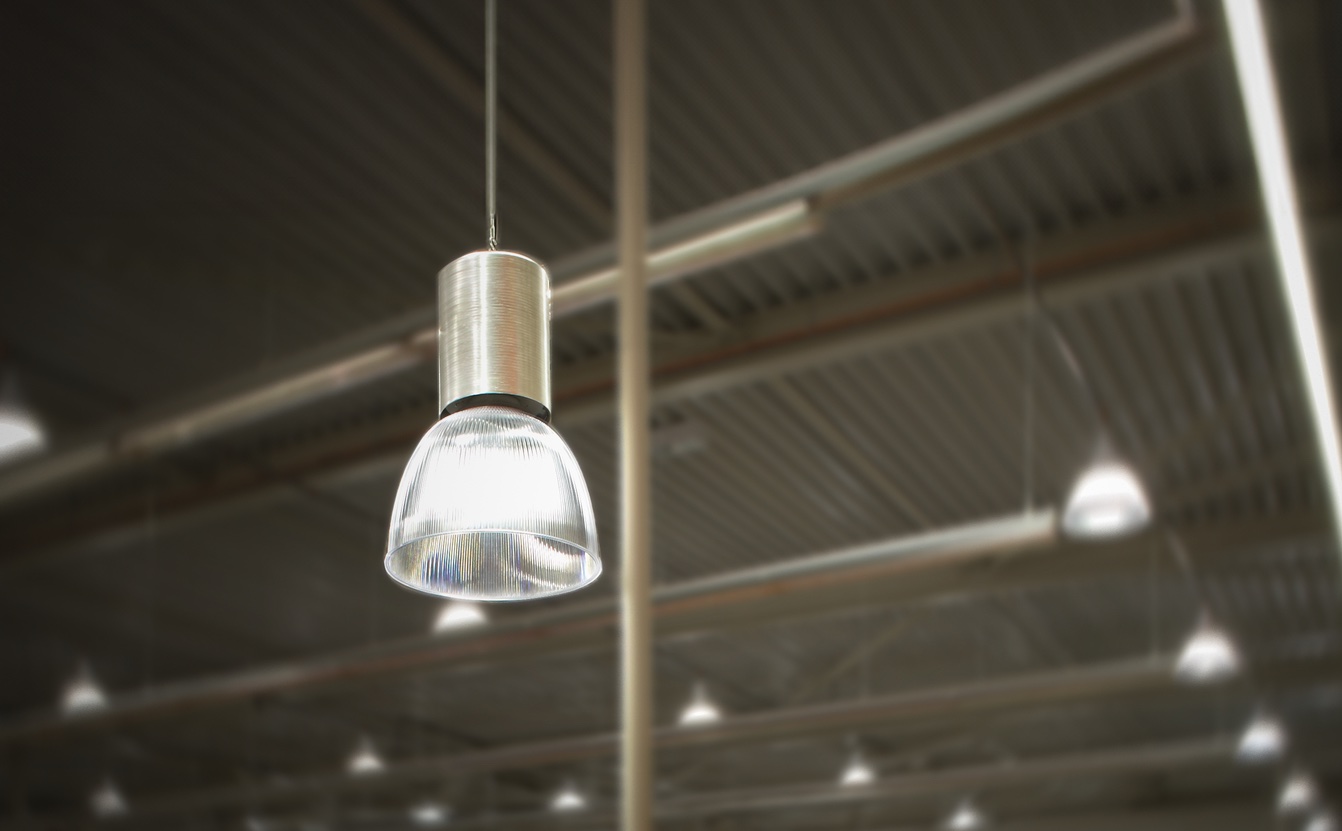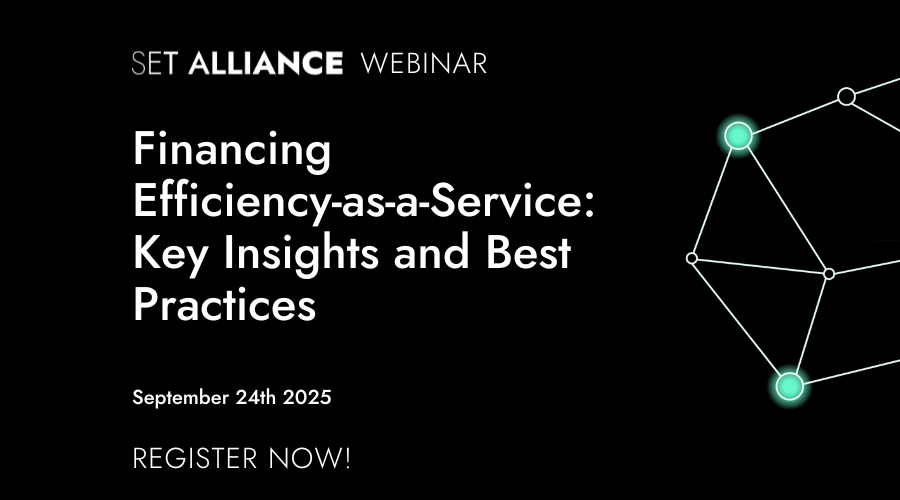Signify is providing its Light-as-a-Service solution to stores within the Maxeda DIY Group of brands. This has enabled Praxis and Brico, market leaders of DIY retailing shops across the Netherlands and Belgium, to equip more than 100 facilities with the latest LED lighting systems at no upfront cost. Check out the case study published as part of the Efficiency-as-a-Service (EaaS) project to find out more, and read a short overview below on Lighting, Light-as-a-Service and Signify.
About Lighting
Lighting is an integral part of our homes, businesses, buildings, and wider built environment and is a major source of energy demand. Increasing building space and population growth means the demand for lighting is growing. According to the IEA, despite increasing energy efficiency, in 2022 electricity consumption for lighting increased, requiring enhanced efforts to improve energy efficiency (30% increase by 2030 to stay in line with net-zero by 2050) and prioritise the sale and use of LED technologies. Innovative business models such as Light-as-Service can provide customer solutions to address the specific barrier of upfront costs of upgrading or replacing systems.
What is Light-as-a-Service (LaaS)?
LaaS represents a revolutionary approach to lighting solutions that has gained prominence in recent years. At its core, LaaS is a comprehensive lighting model that transforms the traditional concept of owning and maintaining lighting fixtures into a service-oriented model. Instead of purchasing and managing lighting systems outright, LaaS offers a subscription-based or pay-per-use arrangement, wherein customers pay for the ‘Lumens’ they need, rather than the hardware itself.
Under LaaS, lighting providers take on the responsibility for the entire lighting ecosystem, including installation, maintenance, and upgrades. They deploy cutting-edge, energy-efficient LED lighting systems that not only reduce energy consumption but can also provide dynamic lighting control and automation options. This not only removes the financial burden of upfront costs but also ensures that lighting remains up-to-date and optimised for energy efficiency. When considering the total cost of ownership of lighting, most of the cost is reflected during the operational life. From this perspective, the most efficient solution is almost always the most cost-effective.

Product-as-a-Service models such as LaaS align with the global shift towards energy efficiency and optimising energy use, allowing businesses and organisations to reduce their environmental footprint by using clean and energy-efficient technologies without the hassle of managing them.
About Signify
Back in 2012, Signify (previously Philips Lighting) in close cooperation with the Ellen MacArthur Foundation and Dutch architect Thomas Rau began to experiment with a new revenue model called Light-as-a-Service (LaaS) or ‘pay-per-lux’, to provide its customers with access to light for an agreed fee rather than purchasing lighting systems.
More recently in 2018, Signify joined forces with the Swiss Investment Manager SUSI Partners’, under an innovative facility SUSI Energy Efficiency Fund (SEEF) to implement LaaS projects enabling European lighting customers to upgrade their lighting to more energy-efficient systems and reduce carbon emissions.
The SEEF-financed LaaS projects are expected to achieve aggregated carbon emission savings of up to 90,000 tonnes of CO2 due to the upgrade to energy-efficient LEDs. Under the agreement, Philips Lighting can embed financing from SEEF into its customer proposition, on a flexible and repeatable basis.
To learn more about the project and the LaaS model, read the full case study below!




